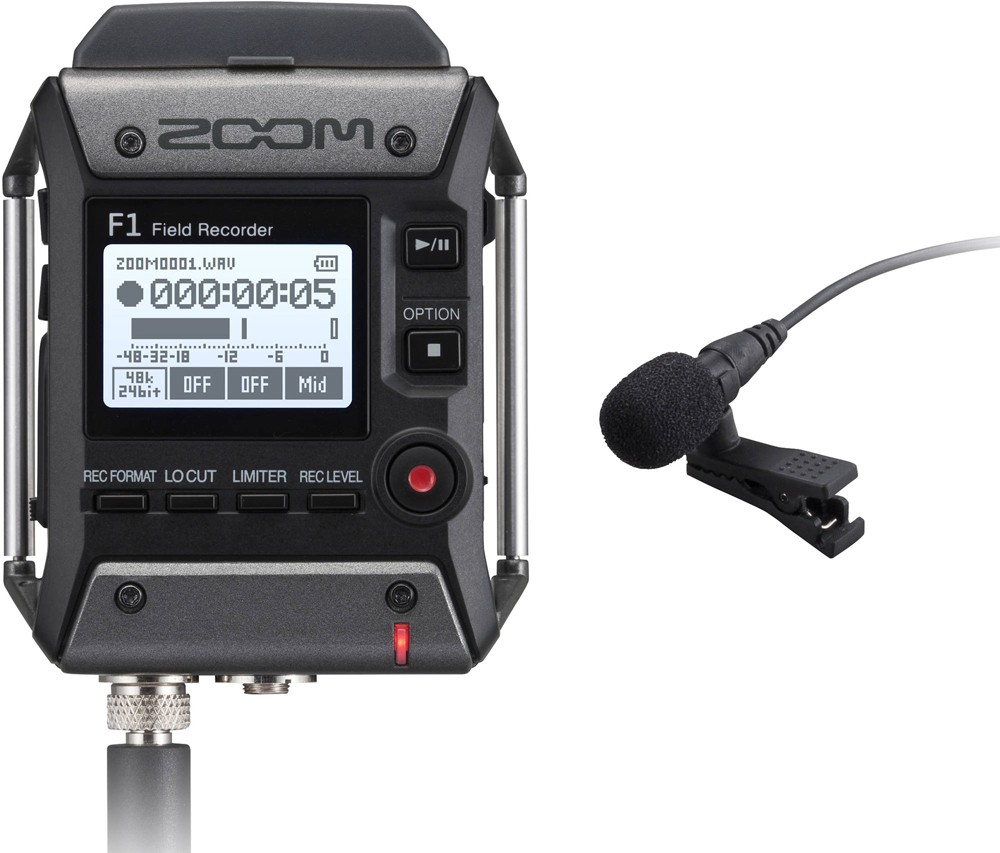

Some researchers have even suggested that 10 minutes of exposure to a 6 Hz frequency could induce a brain state similar to that during meditation.Īlthough there is little evidence of any adverse side effects of using binaural beat therapy, a literature review of studies identified conflicting data, so further research is necessary.

It also found that practitioners did not need to mask the beats with white noise for the treatment to have an effect. The team concluded that although the small sample size means that further research is necessary, binaural beats might improve self-reported anxiety.Ī 2019 review of 22 studies found a significant link between more prolonged exposure to binaural beat tapes and reduced anxiety. The participants also reported an increase in quality of life. The results showed a decrease in anxiety, insulin-like growth factor, and dopamine. They evaluated eight study participants who listened to delta wave binaural beat therapy every day for 60 days. Researchers from the National College of Natural Medicine in Oregon conducted a study on binaural beat therapy in 2007. However, the researchers noted that people experiencing high levels of preoperative anxiety could listen to binaural beats for up to 1 hour before anesthesia to reduce levels of anxiety.

The participants in this study listened to 30 minutes of binaural beats before surgery. A 2005 study involving more than 100 participants who were due to receive general anesthesia for a day procedure reported a decrease in preoperative anxiety after exposure to a delta wave binaural beat. However, the authors stated that it warranted further study only as a therapeutic measure to support conventional treatments for anxiety.ĭespite this, other researchers have continued to investigate this therapy. Share on Pinterest A person may reduce anxiety before surgery by listening to binaural beats.Įarly research from 2001 suggested that binaural beat therapy may yield some benefit for people with mild anxiety. The study authors suggest that these frequencies promote maintenance of arousal while a person is awake.


 0 kommentar(er)
0 kommentar(er)
